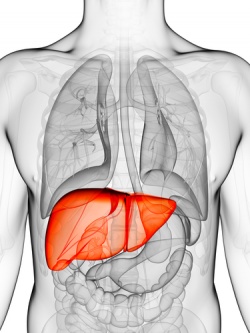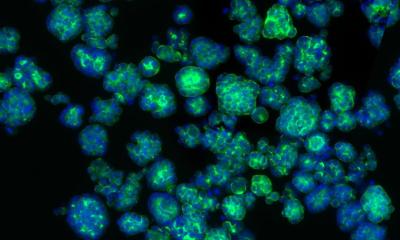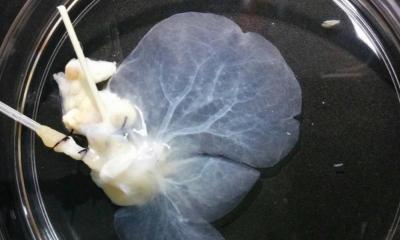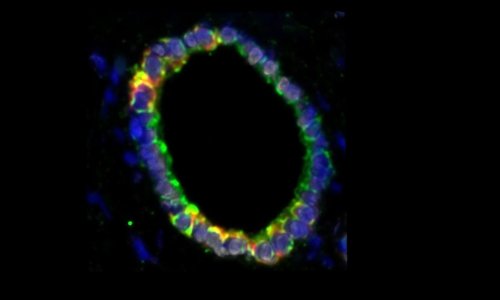Computer Model
How our livers will store fat?
As part of an effort to understand how an experimental drug for atherosclerosis causes the build-up of fat in the liver, scientists have developed a computer model that can predict how the rate at which liver stores fat in response to various situations.

Being able to model liver fat storage gives researchers a way to predict the side effects of drugs and environmental factors at much earlier stages in the research and drug development process, possibly reducing the number of experiments involving animal models. Additionally, this computer simulation helps describe all of the possible ways in which the liver stores fat, including how the liver takes up or creates fats and how it disposes of fat. This knowledge could lay the foundation for future research regarding the liver and its functions.
"Because our computer model can predict how the body responds to a drug over time, it will help to understand and treat diseases in humans and how to develop new drugs with less side effects," said Maaike Oosterveer, Ph.D., a researcher involved in the work from the Department of Pediatrics and Laboratory Medicine at the University Medical Center Groningen in Groningen, Netherlands.
To develop their computer model, Oosterveer and colleagues studied four groups of mice. One group received no treatment at all, while the other three groups were treated with the experimental drug called "T09" for either 1, 7 or 14 days. In each of the four groups, researchers measured several ways in which the liver becomes fatty. These measurements led to the development of the computer model. They then used the model to predict how the ways of fat storage that were not measured in the mice contributed to a fatty liver in the animals receiving the drug, and it provided clues about the how the drug leads to fat storage over time. It predicted that after just one day of drug treatment, more fat is flowing from the bloodstream into the liver. Performing a new experiment in mice confirmed this prediction.
"It's only a matter of time before computers are able to model every system, every disease and every cell in our body," said Gerald Weissmann, M.D., Editor-in-Chief of The FASEB Journal. "This computer model is an important early step toward a future where computers make disease research and drug development much more efficient than it is today."
Details: Brenda S. Hijmans, Christian A. Tiemann, Aldo Grefhorst, Marije Boesjes, Theo H. van Dijk, Uwe J. F. Tietge, Folkert Kuipers, Natal A. W. van Riel, Albert K. Groen, and Maaike H. Oosterveer. A systems biology approach reveals the physiological origin of hepatic steatosis induced by liver X receptor activation. FASEB J. April 2015 29:1153-1164; doi:10.1096/fj.14-254656 ; http://www.fasebj.org/content/29/4/1153.abstract
Source: Federation of American Societies for Experimental Biology
10.04.2015











